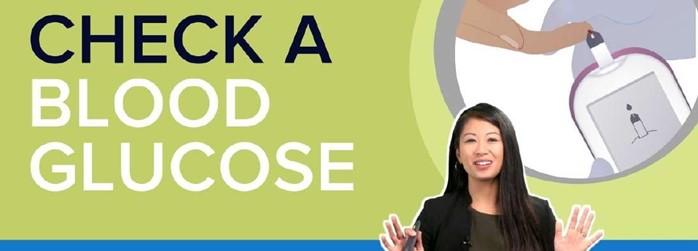A nurse is preparing to administer medications to a group of clients.
Which of the following prescriptions should the nurse clarify with the provider before administering?
Tetracycline 1 g orally every 6 hr.
Warfarin 100 units subcutaneously daily.
Penicillin G 5,000,000 units intramuscularly every 4 hr.
Zoledronate 5 mg intravenously x 1 dose.
The Correct Answer is B
Warfarin is an oral anticoagulant medication and is not administered subcutaneously.
The nurse should clarify this prescription with the provider before administering it.
Choice A is wrong because tetracycline can be prescribed in doses of 1 g orally every 6 hours.
Choice C is wrong because Penicillin G can be prescribed in doses of 5,000,000 units intramuscularly every 4 hours.
Choice D is wrong because Zoledronate can be prescribed as a single intravenous dose of 5 mg.
Nursing Test Bank
Naxlex Comprehensive Predictor Exams
Related Questions
Correct Answer is A
Explanation
The correct answer is choice A. Increased pulse rate.
An aPTT of 90 seconds is much higher than the normal range of 30-40 seconds, which means the blood takes longer to clot and the client is at risk of bleeding. An increased pulse rate is a sign of blood loss and shock.
Choice B is wrong because increased blood pressure is not a sign of bleeding, but rather a sign of hypertension or stress.
Choice C is wrong because decreased temperature is not a sign of bleeding, but rather a sign of hypothermia or infection.
Choice D is wrong because decreased respiratory rate is not a sign of bleeding, but rather a sign of respiratory depression or sedation.
Correct Answer is C
Explanation
Metformin is an antidiabetic agent used to treat type 2 diabetes mellitus.

It works by decreasing carbohydrate absorption from the gut, increasing glucose uptake in peripheral tissues in the presence of insulin, and reducing hepatic gluconeogenesis.
In normal patients, metformin ingestion is not associated with hypoglycemia.
However, it is still important to check the client’s glucose level to ensure that it is within a safe range.
Choice A is wrong because collecting the client’s uric acid level is not necessary after accidental administration of metformin.
Choice B is wrong because obtaining the client’s HDL level is not necessary after accidental administration of metformin.
Choice D is wrong because monitoring the client’s thyroid function levels is not necessary after accidental administration of metformin.
Whether you are a student looking to ace your exams or a practicing nurse seeking to enhance your expertise , our nursing education contents will empower you with the confidence and competence to make a difference in the lives of patients and become a respected leader in the healthcare field.
Visit Naxlex, invest in your future and unlock endless possibilities with our unparalleled nursing education contents today
Report Wrong Answer on the Current Question
Do you disagree with the answer? If yes, what is your expected answer? Explain.
Kindly be descriptive with the issue you are facing.
